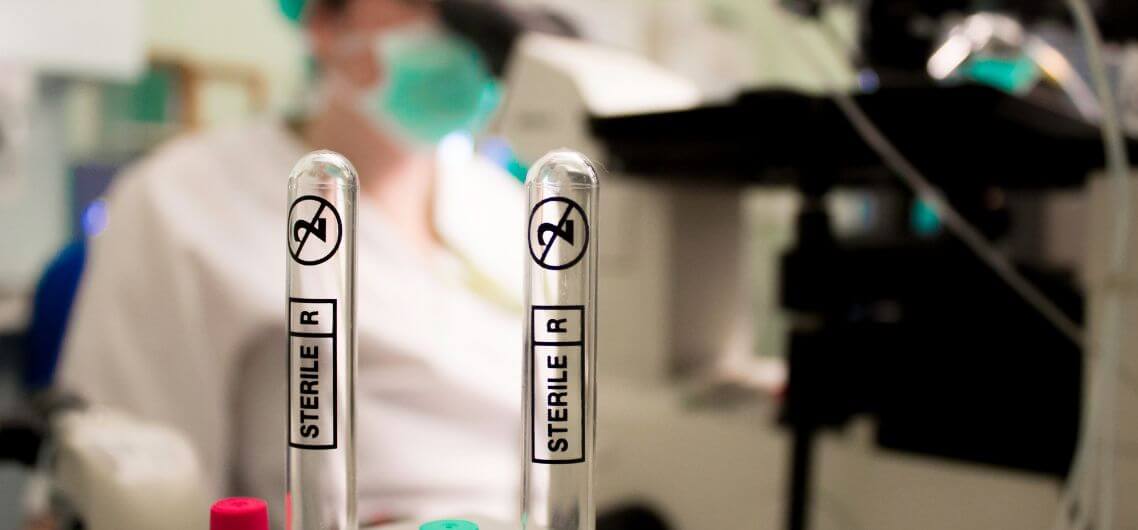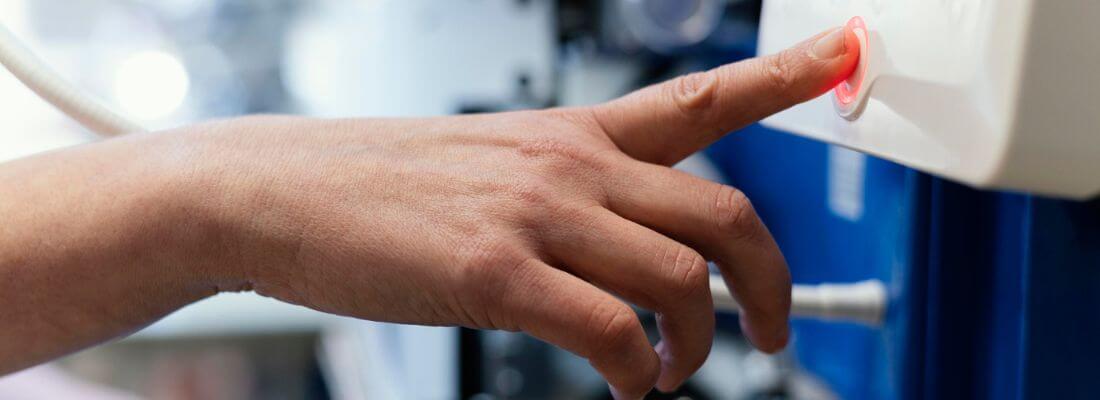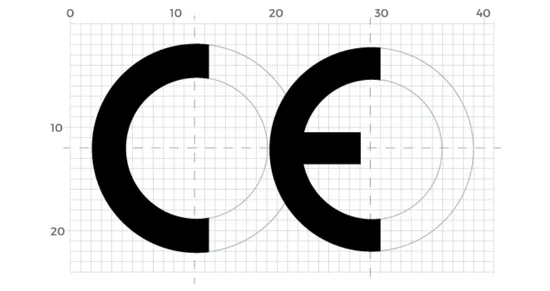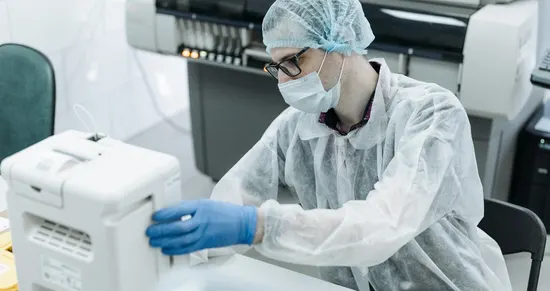Understanding the regulatory pathways for medical devices is crucial for manufacturers aiming to enter global markets. Two prominent regulatory pathways are the 510(k) clearance in the U.S. (United States) and the CE marking procedure in the European Union.
Understanding the resemblances and differences between these pathways is essential for ensuring compliance and facilitating market access.
What is 510(k)?
A 510(k) is a premarket submission that must be filed with the FDA. It demonstrates that a medical device is as secure and effective as a legally marketed device, as outlined in Section 513(i)(1)(A) of the FD&C (Federal Food, Drug, and Cosmetic) Act.
According to the 510(k) FDA process established by Section 510(k) of the FD&C Act, medical device manufacturers are required to inform the FDA of their determination to market a device at least 90 days before distribution.
A 510(k) submission is not needed in the following scenarios:
- Unfinished Devices: Devices sold for further processing.
- Non-Marketed Devices: Devices under clinical evaluation, subject to Investigational Device Exemption (IDE) regulations.
- Domestically Distributed Devices: Devices with existing labeling that haven’t significantly changed.
- Grandfathered Devices: Devices legally marketed before May 28, 1976, without significant changes in design, components, or use.
- Imported Devices: Devices manufactured abroad with foreign 510(k) clearance.
- Class I/II Exempt Devices: Devices exempted under 21 CFR regulations, such as differing uses or fundamental technologies, unless exemptions are exceeded.
Suggested Read: Understanding The Premarket Notification 510(k) Process: Path To FDA Approval
What is CE Marking?
The CE marking process signifies that a product satisfies European Union legislation’s essential health, safety, and environmental protection standards. Obtaining the CE marking is mandatory for medical device manufacturers to market and sell their products within the European Economic Area (EEA).
However, certain medical devices are exempt from the CE marking process. Notably, custom-made medical devices intended for individual patients and devices manufactured for clinical investigations are not required to bear the CE mark. These exemptions acknowledge the unique nature and limited scope of such devices, differentiating them from mass-produced medical equipment.
It’s important to note that while these devices are exempt from CE marking, they must still comply with relevant regulatory requirements to ensure safety and efficacy.
Suggested Read: European CE Marking For Medical Devices
Similarities Between 510(k) and CE Marking
While 510(k) and CE marking cater to different regions, they share notable similarities in their approach to device validation, compliance, and market access. Let’s explore the common ground between these systems and how they streamline global healthcare innovation.
Ensuring Device Safety and Efficacy
510(k) FDA and CE marking procedures verify that medical devices are safe and adequate as stated in their intended use. Manufacturers must provide evidence demonstrating that their devices meet safety and performance standards.
Risk-Based Classification Systems
Both regulatory pathways employ a risk-based classification system to determine the scrutiny required for different types of medical devices. This system ensures that higher-risk devices undergo more rigorous evaluation processes.
Technical Documentation Requirements
Manufacturers must prepare comprehensive technical documentation that includes device descriptions, design and manufacturing information, risk management processes, and clinical evaluations. This documentation supports the claims of safety and efficacy.
Post-Market Surveillance Obligations
The 510(k) FDA and CE marking procedures require manufacturers to implement post-market surveillance systems. These systems continuously monitor the device’s performance and safety after it enters the market, ensuring ongoing compliance and effectively addressing emerging issues.
Clinical Data for Compliance
Clinical data is essential in both processes to substantiate claims of safety and efficacy. Manufacturers must provide clinical evidence from existing literature or new studies to support their CE and 510(k) submissions.
Alignment with Global Standards
Both regulatory pathways follow the international standards established by the International Organization for Standardization (ISO). This alignment facilitates global market access and ensures consistency in device quality and safety.
Key Differences Between 510(k) and CE Marking
Understanding key differences between 510(k) and CE marking is crucial for manufacturers aiming to market their products internationally.
Regulatory Authorities
A federal agency, the U.S. Food and Drug Administration, oversees the 510(k) FDA process. The CE marking procedure involves Notified Bodies designated by EU member states, which are independent organisations authorised to assess conformity.
Clinical Evidence Requirements
While both processes require clinical evidence, the 510(k) FDA regulatory pathway may not always necessitate new clinical trials if substantial equivalence to a predicate device can be demonstrated. In contrast, the CE marking procedure often requires a more detailed clinical evaluation, and in some cases, new clinical studies may be necessary.
Timeline and Complexity
The 510(k) FDA submission process is generally faster, with the FDA aiming to decide within 90 days. The CE marking procedure can be more time-consuming, depending on the device classification and the Notified Body’s assessment process.
Post-Market Surveillance Differences
Post-market surveillance requirements differ between the two pathways. The 510(k) FDA requires manufacturers to report adverse events and device defects, while the CE marking procedure mandates a more comprehensive post-market surveillance plan, including periodic safety update reports.
Documentation Standards
The 510(k) and CE Marking processes differ significantly in documentation requirements.
- For the 510(k) FDA process, manufacturers must demonstrate substantial equivalence to a legally marketed device in the U.S. This involves preparing a 510(k) summary or 510(k) statement, which includes detailed performance testing, labelling, and risk analysis, adhering to FDA guidelines.
- In contrast, the CE Marking procedure focuses on demonstrating compliance with the European Medical Device Regulation (MDR). This requires a comprehensive Technical File or Design Dossier, including clinical evaluation, risk management, and post-market surveillance plans.
While both regulatory pathways prioritise safety and efficacy, the CE Marking process often demands more extensive documentation to demonstrate compliance with EU standards.
Suggested Read: Approval Process For Medical Devices
Challenges in Achieving Both Certifications
Manufacturers aiming to achieve FDA 510(k) clearance and CE marking face several challenges:
- Resource Allocation: Managing two distinct regulatory processes requires significant resources, including time, personnel, and financial investment.
- Documentation Consistency: Ensuring that technical documentation meets the specific requirements of the FDA and Notified Bodies can be complex.
- Regulatory Changes: Staying updated with evolving regulations in the U.S. and Europe demands continuous monitoring and adaptation.
Maven’s Take on 510(k) vs CE Marking for Medical Devices
At Maven, we understand the complications of obtaining 510(k) FDA clearance and CE marking. Our expertise lies in guiding manufacturers through the regulatory processes, ensuring compliance, and facilitating market access in the U.S., India, and European markets.
We provide unique strategies and support to help businesses navigate the complexities of regulatory frameworks, ensuring a smooth and efficient CE and 510(k) approval process for their medical devices.
Conclusion
Both the 510(k) FDA and CE marking procedures are essential regulatory pathways that ensure medical devices meet safety and performance standards for their intended use. While they share similarities, such as requiring comprehensive technical documentation and post-market surveillance, they differ in aspects like regulatory authorities, clinical evidence requirements, and timelines.
For those seeking guidance through these regulatory processes, consulting with experts like Maven Profcon Services LLP can provide valuable support in ensuring a smooth and efficient approval process.
References







